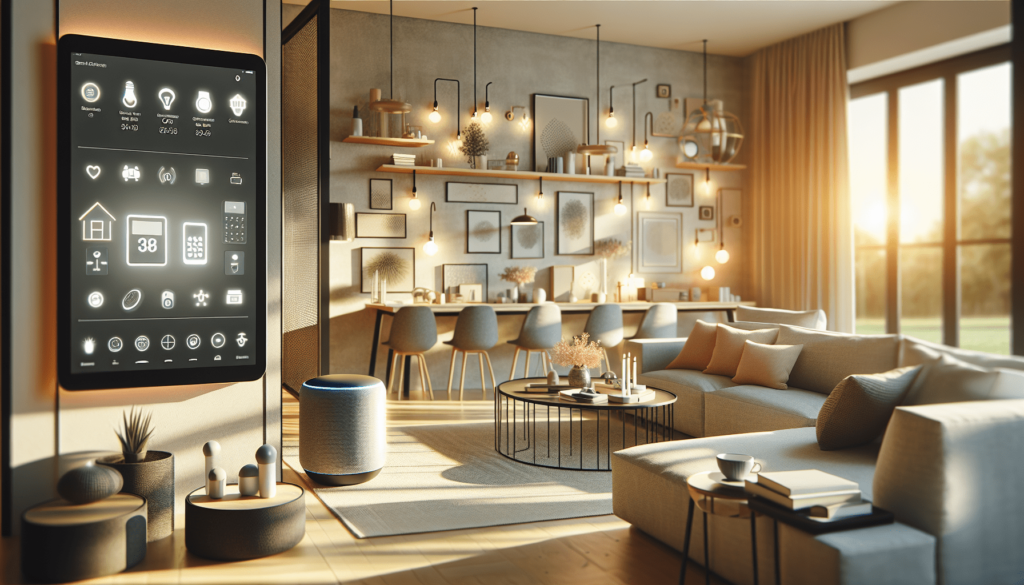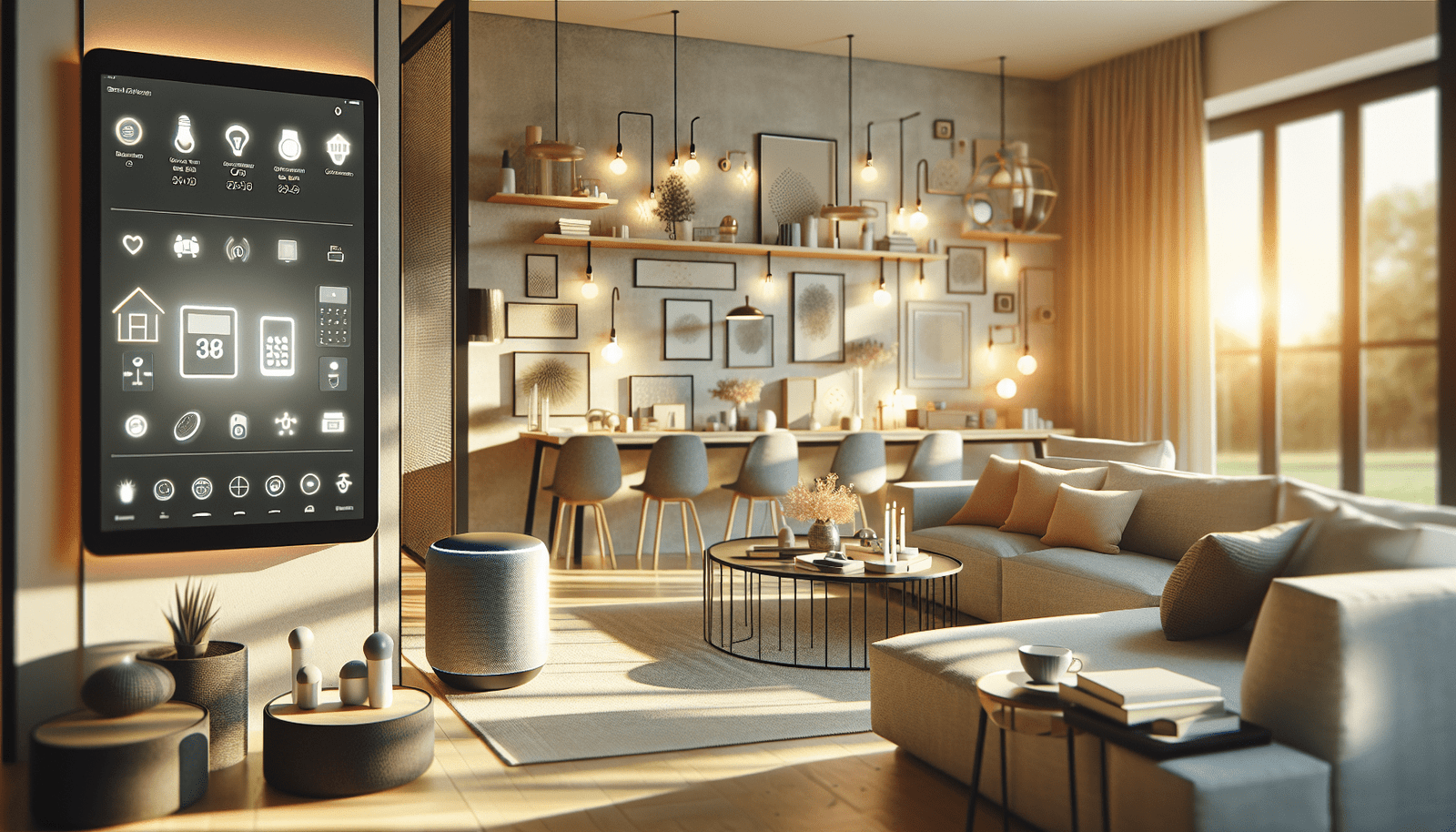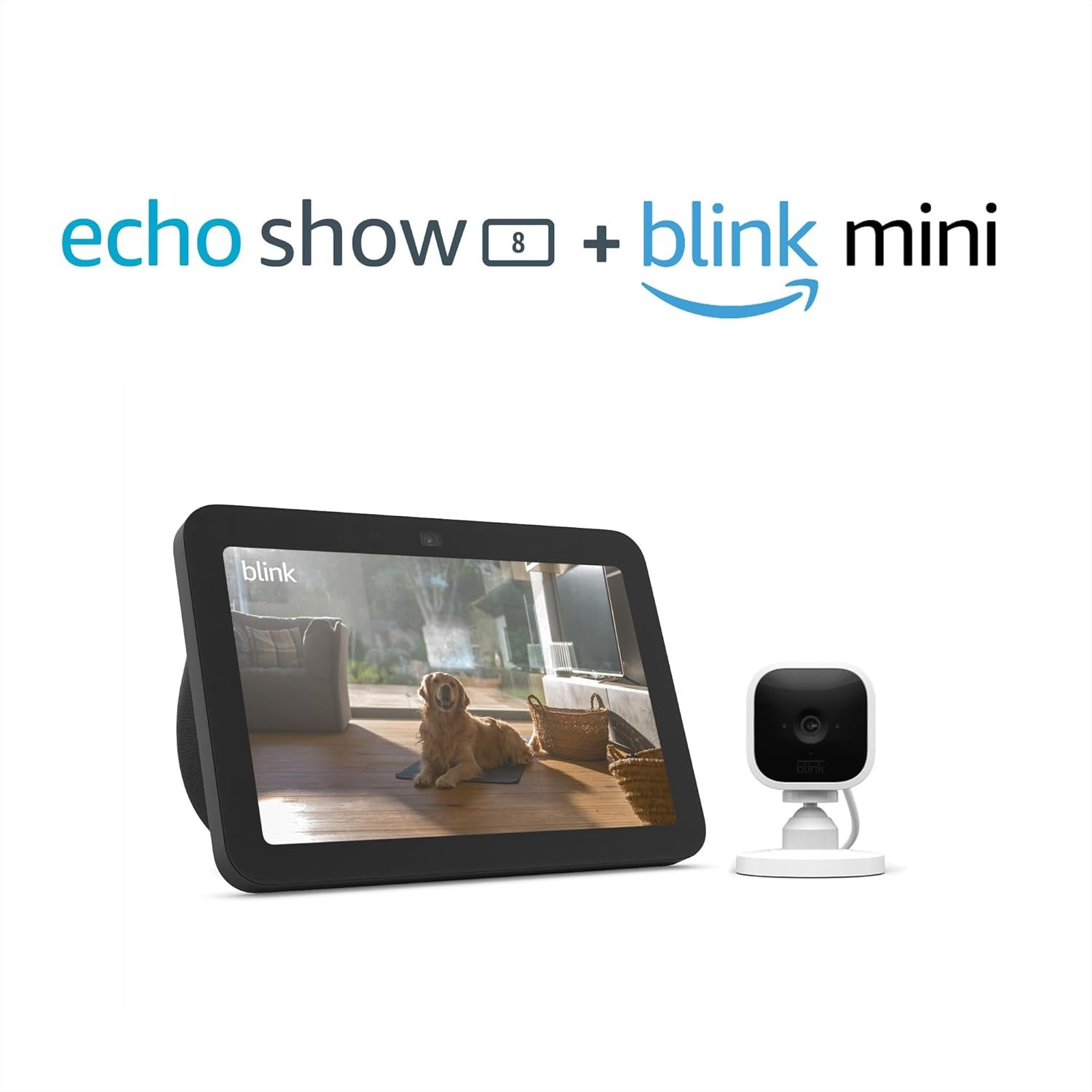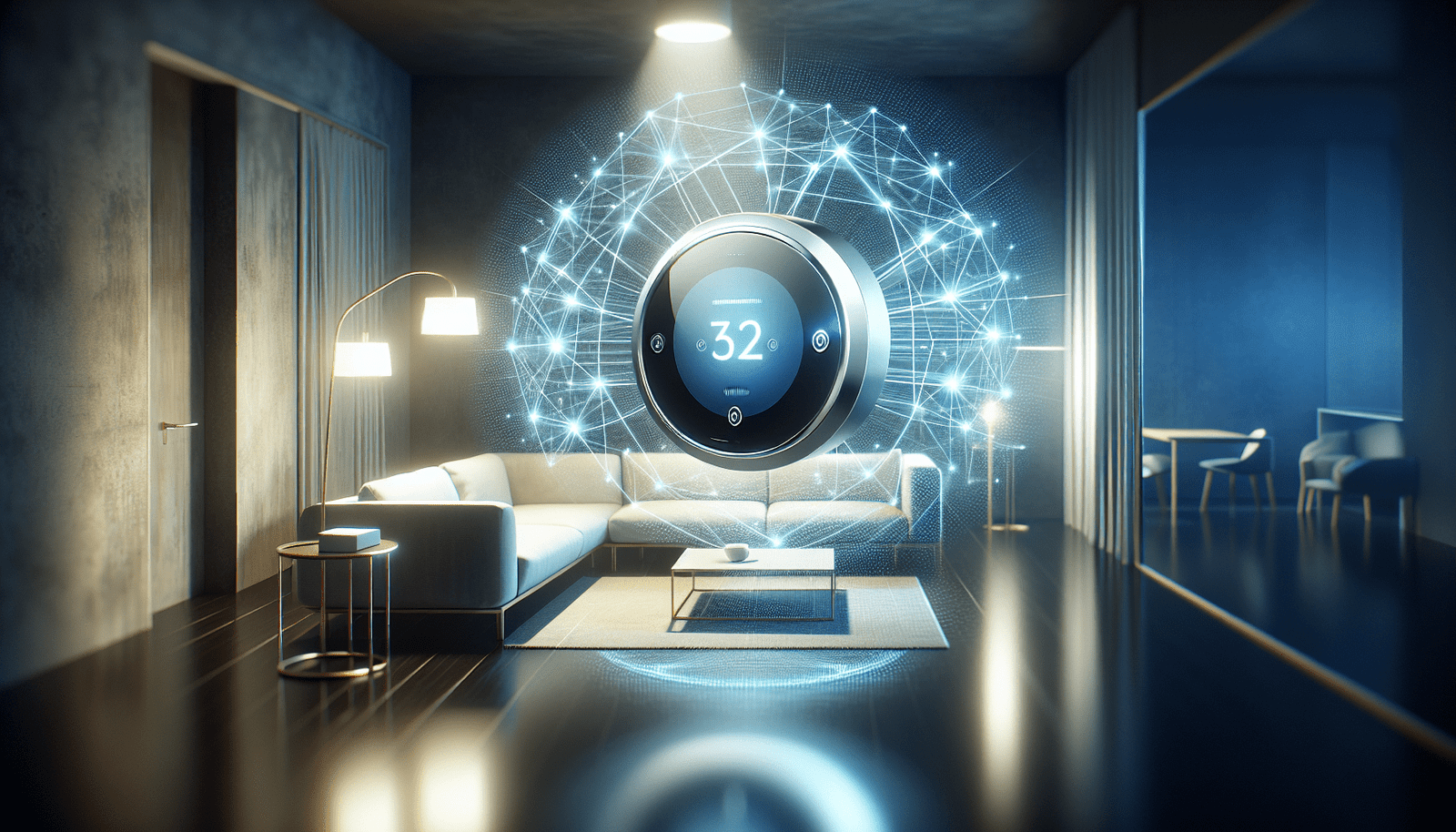Have you ever wondered how you can transform your living space into a more efficient and connected environment without breaking the bank? The idea of creating a smart home may seem like an expensive undertaking, but with a bit of planning and the right devices, it can be affordable and highly rewarding. In this guide, we’ll walk you through the essentials of developing a budget-friendly smart home using smart home devices, giving you the knowledge and insights you need to embark on this exciting journey.
Understanding Smart Home Basics
Let’s start by demystifying what smart home technology actually is. A smart home uses devices connected to the internet to automate and manage various household functions, such as lighting, heating, security, and entertainment. By using these devices, you can have better control over your home’s operations, improve energy efficiency, and enhance overall convenience.
What is Smart Home Technology?
At its core, smart home technology refers to a house equipped with devices that can be controlled remotely through internet-connected devices like smartphones or tablets. These smart devices can perform automated functions, making your everyday life easier and more efficient. For example, you can control lights, adjust thermostats, or monitor security cameras from anywhere in the world.
Benefits of a Smart Home
Why consider turning your home into a smart home? The benefits are plenty, ranging from increased energy efficiency and cost savings to improved security and convenience. Smart home devices make life more comfortable by allowing you to control home functions automatically or remotely, reducing unnecessary energy usage, and providing peace of mind with enhanced security measures.
Planning Your Budget-Friendly Smart Home
Before you start purchasing smart devices, it’s crucial to plan wisely to ensure that you stay within your budget and meet your needs. Here are some steps to guide you through the process.
Assessing Your Needs and Goals
The first step is to identify what you want to achieve with your smart home setup. Are you looking to cut down on energy costs, enhance your home’s security, or simply enjoy the ease of automated systems? Listing your priorities will help you focus on the devices that will add the most value to your home.
Setting a Realistic Budget
Budgeting is a major component of your smart home project. Determine how much you’re willing to invest in your smart home ecosystem. Consider both the initial costs of purchasing devices and potential long-term savings, such as reduced energy bills. Remember, you don’t need to transform your entire home at once; you can always expand your smart system over time.
Prioritizing Smart Home Devices
Once your budget is set, identify the devices that align with your needs and budget. Focus on the essential components of a smart home setup, such as smart lighting, thermostats, and security systems, before moving to more advanced devices like smart kitchen appliances or entertainment systems.

Cost and Value Considerations
When creating a budget-friendly smart home, understanding the costs involved and the potential return on investment is vital. This section will help you evaluate costs and identify areas where smart devices can offer tangible benefits.
Initial Costs vs. Long-term Savings
When purchasing smart home devices, the initial cost might seem high, but many devices offer features that can lead to long-term savings. For example, a smart thermostat may have a higher upfront cost compared to a traditional one, but the energy savings from optimized heating and cooling schedules can offset the purchase price over time.
Return on Investment
Smart home devices can increase the value of your home, which is an important consideration for homeowners and real estate investors. Features like advanced security systems and smart energy solutions are attractive to potential buyers, offering a higher return on investment when you decide to sell your property.
| Device Type | Initial Cost Range | Potential Savings/ROI |
|---|---|---|
| Smart Thermostat | $100 – $250 | 10-15% reduction in energy bills |
| Smart Lights | $10 – $50 per bulb | Lower electricity costs, longer life |
| Security Cameras | $50 – $250 | Enhanced security, insurance savings |
Choosing the Right Smart Home Devices
With countless smart home devices on the market, selecting the right ones for your needs and budget can be overwhelming. Here’s how you can make informed choices.
Comparing Smart Home Solutions
Do some research to compare different brands and models of smart home devices. Consider factors such as compatibility, ease of use, customer reviews, and after-sales support. Choose devices that are easy to integrate with your existing systems and platforms.
Real-Life Use Cases
Understanding how other users have benefited from smart home devices can provide useful insights. For example, smart lights are great for creating custom lighting schedules to match your daily routine, while smart security cameras offer peace of mind by allowing real-time monitoring of your home.
Essential Smart Devices to Consider
If you’re starting from scratch, consider these essential smart devices:
- Smart Thermostat: Helps optimize heating and cooling schedules for energy savings.
- Smart Lighting: Offers remote control and automation of household lights.
- Smart Security System: Includes cameras, motion sensors, and alarms for enhanced security.
- Smart Speakers: Serves as a hub for controlling smart devices through voice commands.

Practical Setup Guides
Setting up your smart home devices can be straightforward if you follow practical steps and troubleshooting tips. This section covers how to effectively install and integrate your smart devices.
Step-by-Step Installation
- Read Instructions: Start by carefully reading the manufacturer’s instructions for each device.
- Prepare Your Space: Ensure you have the necessary tools and clear space where the device will be installed.
- Connect to Wi-Fi: Most smart devices require a stable Wi-Fi connection, so make sure your network is configured correctly.
- Download Associated Apps: Use the apps provided by the device manufacturers for installation and setup.
- Test Functionality: Once installed, test each device to ensure they’re working as expected.
Troubleshooting Common Issues
Sometimes, smart devices may encounter connectivity or performance issues. Common troubleshooting steps include restarting the device, checking your internet connection, or updating the device’s firmware. It’s also a good idea to consult the device’s support resources or online forums for additional help.
Security and Privacy Considerations
While smart home devices offer many conveniences, it’s crucial to be mindful of their security and privacy implications.
Addressing Potential Risks
Smart devices can be vulnerable to hacking if not properly secured. Use strong, unique passwords for each device and enable two-factor authentication where available. Regularly update device software to patch any security vulnerabilities.
Safety Features and Best Practices
Choose devices from reputable brands that prioritize security features. Look for products with built-in encryption and regularly review your privacy settings to ensure your personal data is protected. It’s also advisable to segment your smart devices on a separate network from your primary internet to enhance security.
Enhancing Energy Efficiency and Sustainability
Smart home devices not only make life convenient but can also play a significant role in promoting energy efficiency and sustainability.
Reducing Energy Consumption
Devices like smart thermostats, smart plugs, and energy-efficient lighting can significantly reduce your household’s energy consumption. For instance, smart plugs allow you to set schedules for when devices should be powered off, eliminating energy waste from appliances in standby mode.
Sustainable Living with Smart Technology
By optimizing resource usage and minimizing wastage, smart devices contribute to a more sustainable lifestyle. Additionally, many devices offer energy usage reports, enabling you to track your consumption patterns and identify areas for further improvement.
Compatibility and Connectivity
For a seamless smart home experience, it’s important to consider the compatibility and connectivity of your devices.
Platform Compatibility
Ensure that the smart devices you purchase are compatible with the platforms you already use—such as Google Assistant, Amazon Alexa, or Apple HomeKit. This compatibility allows you to control multiple devices through a centralized interface, making it easy to manage your smart home ecosystem.
Hubs and Ecosystems
Some smart devices require a hub to communicate with other devices in the ecosystem. While a hub can provide more flexible controls and automation options, some users may prefer standalone devices that don’t require additional hardware. Assess your needs to decide which setup suits you best.
| Device | Works With |
|---|---|
| Smart Thermostat | Alexa, Google Assistant, Apple HomeKit |
| Smart Lights | Alexa, Google Assistant |
| Smart Cameras | Alexa, Google Assistant, SmartThings |
Future-Proofing and Innovation
Technology is constantly evolving, and keeping abreast of trends in the smart home industry ensures that your setup remains relevant and efficient.
Emerging Trends in Smart Home Technology
The smart home industry is witnessing advancements in AI and machine learning, enabling smarter and more personalized home automation solutions. Sustainability continues to be a focus, with innovations aimed at further reducing the environmental impact of home technologies.
Keeping Your Smart Home Up-to-Date
To future-proof your smart home, opt for devices that offer regular software updates and support. Stay informed about the latest tech developments and consider the flexibility of expanding your system with new and improved devices as they become available.
Deciding If a Smart Home Investment Is Right for You
Finally, ask yourself if investing in smart home technology aligns with your lifestyle and financial goals. Consider the following:
Aligning with Lifestyle Needs
Reflect on your daily routines and determine how smart devices can enhance your lifestyle. If convenience, security, and energy efficiency are top priorities, a smart home investment could be highly beneficial.
Budget Considerations
Review the costs involved versus the potential benefits and savings. If your budget allows, start with essential devices and gradually expand as needed. Evaluate regularly to ensure your smart home is delivering the expected value.
By understanding your needs, setting clear priorities, and strategically selecting devices, you can create a budget-friendly smart home that not only makes your life more enjoyable but also more efficient and secure. Embrace the journey of smart home living, and enjoy the comfort and convenience of a connected world right at your fingertips.




